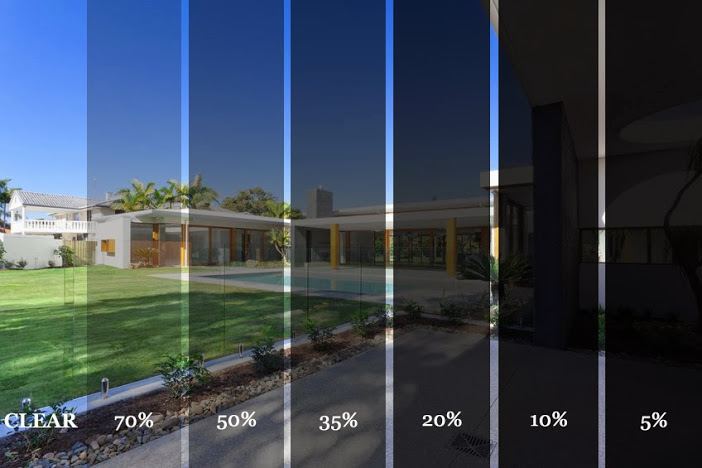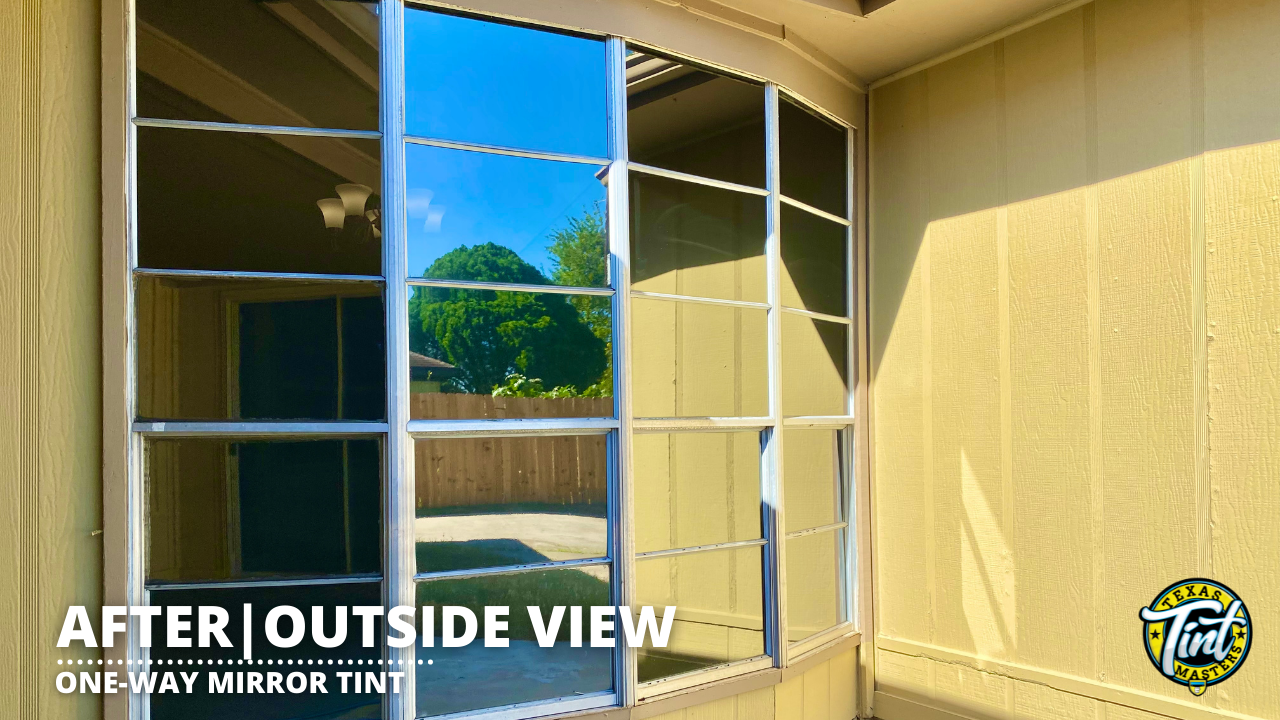Leading Benefits of Putting Up Residential Window Tint for Your Building
Leading Benefits of Putting Up Residential Window Tint for Your Building
Blog Article
How Residential Home Window Tinting Enhances Your Home's Power Effectiveness
Residential window tinting presents a compelling option for homeowners seeking to improve power performance within their living spaces. By applying specialized films to windows, it successfully lowers warmth transfer, thereby maintaining indoor temperature levels and decreasing the need for excessive heating or cooling.
Comprehending Window Tinting
Comprehending home window tinting is crucial for homeowners looking for to enhance both convenience and power performance in their home. Residential Window Tint. Home window tinting entails the application of a slim movie to the inside or outside surface area of glass windows. This film can considerably modulate the amount of sunlight and heat that enters a home, thus influencing interior environment problems
There are numerous kinds of home window tinting films available, each with distinct residential or commercial properties. Colored movies soak up solar energy, while reflective films disperse it away from the glass surface area. Ceramic movies use a balance of visibility and heat denial, making them a prominent option amongst property owners. The effectiveness of window tinting is frequently measured by its Visible Light Transmission (VLT) percentage, which suggests how much light can travel through the film.
Advantages of Energy Performance
Window tinting not just enhances looks but additionally plays a considerable duty in enhancing power efficiency within household areas. By reducing warm transfer via windows, colored films produce an extra steady interior climate, which can cause significant reductions in power consumption for cooling and heating. This energy effectiveness converts into reduced energy bills, supplying homeowners with considerable lasting savings.

Additionally, home window tinting improves the comfort of living rooms. By minimizing glare and obstructing dangerous UV rays, colored home windows produce a more positive atmosphere, which can result in boosted wellness for occupants. The defense against UV rays also assists preserve furnishings and flooring from fading, adding to the durability of house products.
How Tinting Functions
Tinting films run through a mix of advanced materials and technologies created to control the quantity of solar power entering a home. Mostly made up of polyester, these films usually integrate metal or ceramic fragments that soak up and reflect warmth. This dual ability permits them to substantially lower the penetration of ultraviolet (UV) rays and infrared radiation while allowing noticeable light to pass through.
The effectiveness of window tinting is gauged by its solar heat gain coefficient (SHGC), which suggests just how much solar energy is transferred via the home window. Lower SHGC values are better as they denote greater warm denial. Additionally, window tints can include a selection of tones, allowing house owners to tailor their visual choices while enhancing energy effectiveness.
Moreover, these movies work as a barrier, avoiding warm loss throughout chillier months by mirroring indoor heat back right into the space. This thermal insulation effect complements the air conditioning advantages gained during warmer months, adding to a balanced interior environment year-round. By taking care of solar energy properly, domestic home window tinting not just boosts convenience yet additionally plays an essential duty in lowering power intake and find out here decreasing energy expenses.
Selecting the Right Tint

There are various kinds of home window movies available, consisting of colored, metalized, and ceramic. Dyed films are cost-efficient but may have restricted durability. Metalized films use better heat being rejected yet can hinder electronic signals. Ceramic films supply superb heat control without jeopardizing presence and are very durable, making them a prominent option.
Noticeable light transmission (VLT) is an additional critical factor, as it indicates the amount of natural light that can pass through the tinted glass. Property owners need to select a tint with a VLT that matches their lighting choices while still providing sufficient glare decrease.
In addition, analyzing the solar warmth gain coefficient (SHGC) can assist determine just how well a tint can obstruct heat from sunlight. A lower SHGC suggests much better warmth control, eventually boosting energy effectiveness.
Installment and Maintenance Tips
Appropriate installation and maintenance are essential components in making best use of the benefits of property home window tinting. Experts also make use of specialized devices and techniques, which can boost the durability and efficiency of the tint.
Following installation, upkeep is essential to extend the life of the window movie. It is recommended to wait at the very least 30 days before cleaning up the tinted home windows to enable the sticky to treat totally.
Furthermore, normal assessments are beneficial. Look for any type of peeling or bubbling, which can suggest inappropriate setup or put on gradually - Residential Window Tint. Attending to these problems immediately can avoid more damage and keep energy performance. By sticking to these installation and maintenance tips, homeowners can ensure their window tinting remains to provide considerable power cost savings and convenience for several years to find.
Verdict
Finally, household site web home window tinting serves as an effective option for boosting power efficiency within homes. By lowering warm transfer and blocking unsafe UV rays, window films add to lower power intake and boosted interior convenience. The selection of ideal tinting materials, in addition to appropriate installment and maintenance, better optimizes these benefits. Ultimately, home window tinting stands for a lasting investment that not only decreases utility bills yet likewise promotes a comfy living atmosphere throughout the year.
Window tinting entails the application of a slim film to the interior or outside surface area of glass windows. By decreasing heat transfer with home windows, tinted films develop an extra steady indoor environment, which can lead to substantial reductions in Get More Information energy usage for home heating and air conditioning.The effectiveness of window tinting is measured by its solar heat gain coefficient (SHGC), which suggests exactly how much solar power is sent via the window. By managing solar power properly, property home window tinting not just boosts comfort but additionally plays a vital duty in lowering energy consumption and reducing energy costs.
By decreasing warm transfer and obstructing unsafe UV rays, home window films add to decrease energy usage and improved indoor convenience.
Report this page